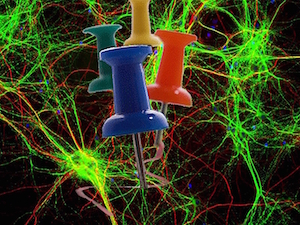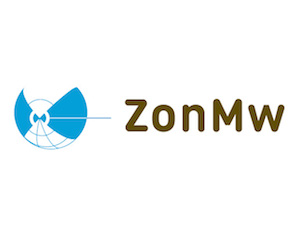
X-linked adrenoleukodystrophy (X-ALD) is a progressive neurodegenerative disease with a strikingly heterogeneous clinical spectrum. Patients with X-ALD are asymptomatic at birth. Virtually all male patients with X-ALD eventually develop a progressive spinal cord disease (adrenomyeloneuropathy, AMN), with as the earliest symptom most often urge incontinence, followed by a spastic gait. This myelopathy progresses gradually, eventually causing severe disability.
A subset of male patients, however, develops a fatal cerebral demyelinating disease, cerebral adrenoleukodystrophy (cerebral-ALD). A newborn male patient has a 35–40% risk to develop cerebral-ALD between the ages of 3 and 18 years, but cerebral-ALD can also occur in adulthood. Boys may initially present with cognitive deficits and behavioral problems. As the disease advances, neurological problems become apparent and include symptoms like cerebral ataxia, spasticity of the lower limbs, dysphagia, visual and auditory agnosia. Patients eventually end up in vegetative state and depend on full time nursing. Female patients also develop adrenomyeloneuropathy, but generally at a later age than males. They only very rarely develop adrenocortical insufficiency or cerebral-ALD.
Allogeneic hematopoietic cell transplantation (HCT) is the only effective therapeutic intervention in boys with cerebral-ALD. It can arrest the progression of cerebral demyelination provided the procedure is performed at a very early stage of the disease. For AMN, no curative therapy is available.
All patients have mutations in the ABCD1 gene and accumulate very long chain fatty acids (VLCFA-lipids) in all tissues, especially in the central nervous system. However, the age of onset and clinical outcome cannot be predicted. In collaboration with Dr. S. Kemp (Academic Medical Center Amsterdam), we generate iPS and neural cell types to help the generation of a roadmap how accumulation of VLCFA-lipids in the central nervous system leads to neurotoxicity. This is of utmost importance for the development of an effective therapy for X-ALD.
2026 © iPS Center. All Rights Reserved. Privacy Policy | Terms of Service

